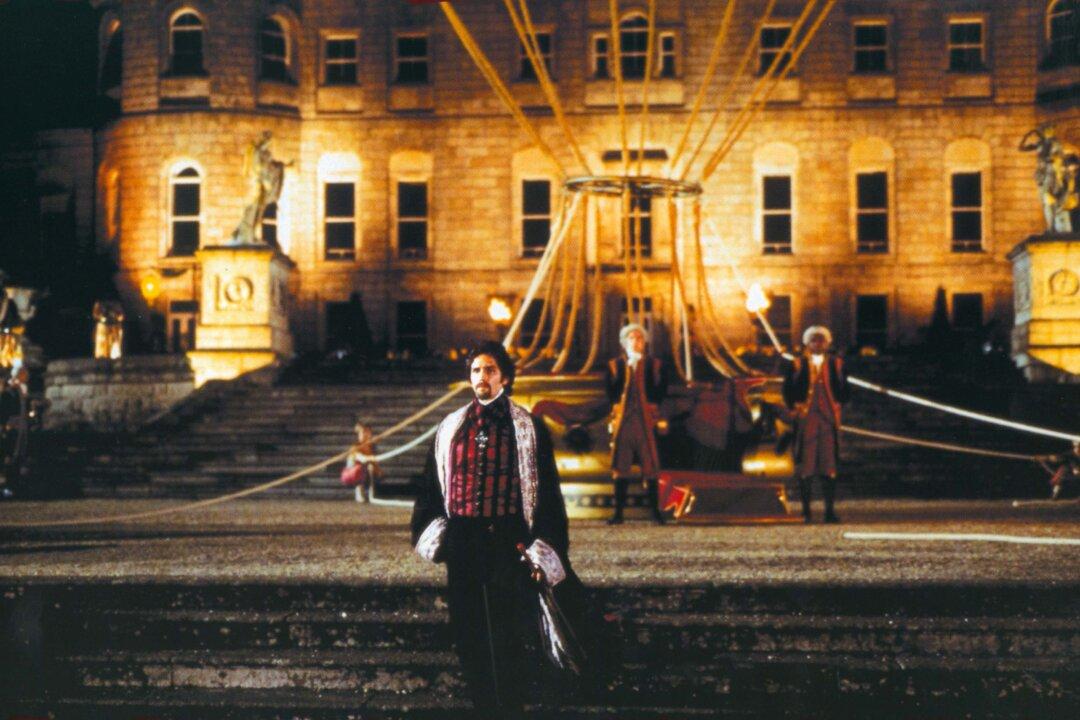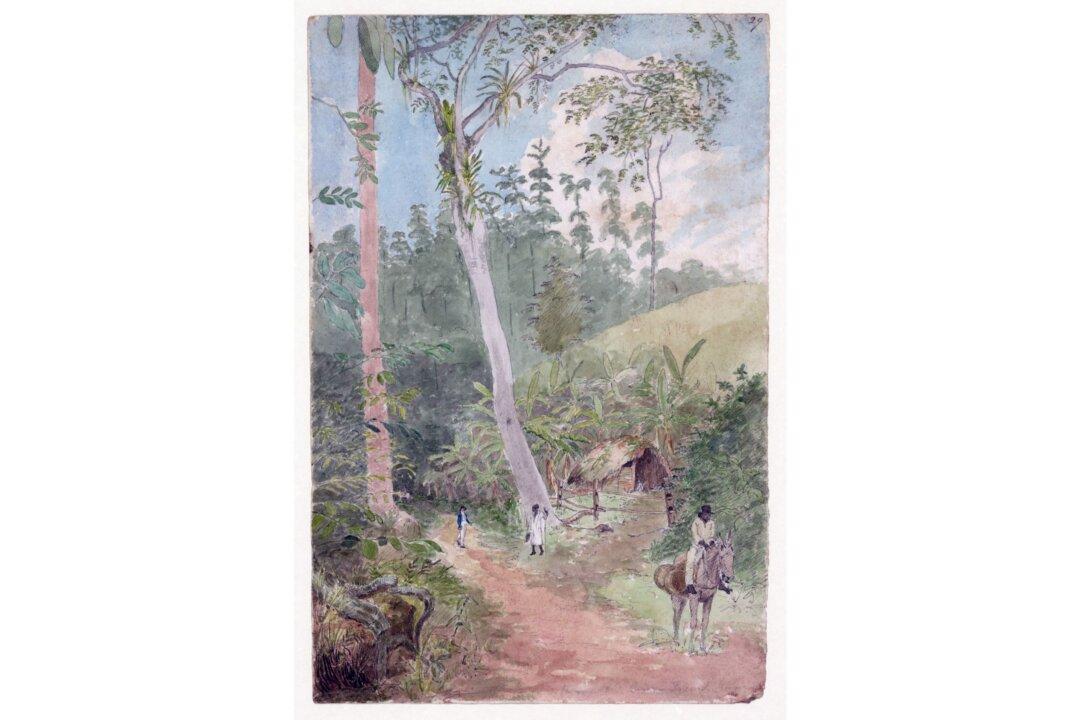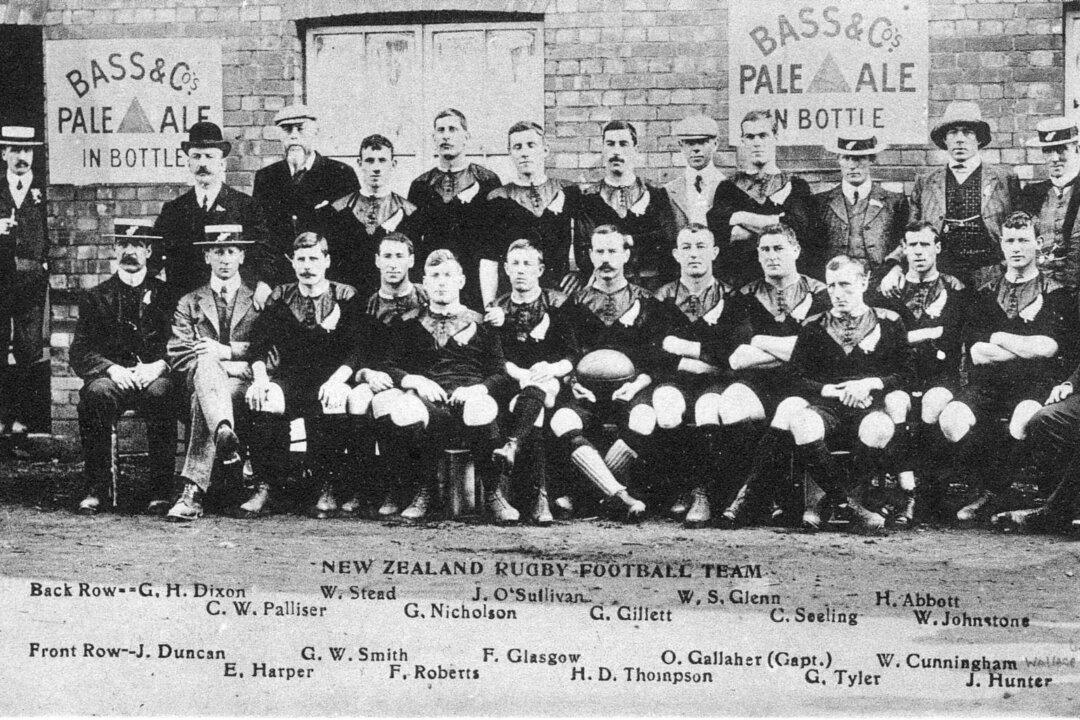Discussions of the history of religious liberty in America tend to focus on the struggles of various religious minorities with oppression in their native lands. This tends to make the overall outlook one-sided, placing the focus on how these groups won civil liberties, whether in American society itself or as a result of leaving behind religious prejudice, repression, or persecution in their native countries.
But this emphasis is on the means instead of the end, the framework for accomplishing their goal instead of the goal itself, which is the desire to openly serve God and neighbor.
From Religious Repression to Religious Freedom
Casimira was born in Ramygala, Lithuania, in 1880. Raised Catholic in a historically Catholic land, she, her family, and her people were not permitted free exercise of their religion, for Lithuania had been under Russian rule for almost a century.During this whole period, the czars of Russia tried to impose Russian Orthodoxy on this stubborn people. The religious repression did not go so far as to forcibly convert the Lithuanians, but the czars took as many other steps as they could: interference in the leadership of the Catholic Church in Lithuania, legal repression of Catholics in civil matters, and even attempts to eradicate Lithuanian culture and language.
In the late 1800s, a wave of immigrants arrived in the United States from Lithuania to seek opportunity and religious freedom. Many settled in the southern coal region of Pennsylvania to work in the local coal mines.
A Life of Service
Arriving in Scranton, Casimira noticed several things. One was the plight of the many Lithuanian immigrants who took jobs as coal miners. Miners worked in incredibly dark and dangerous places at this time. Death in the deep coal mines often resulted in families without support or children being orphaned.
She also observed for the first time women who devoted their lives to service as religious sisters, and determined that this is what she herself wanted.
Casimira’s path forward in life would eventually weave all of these observations together. First, she simply wanted to become a contemplative nun, one who lives and works and prays in a cloistered convent and never leaves it.
But guided by her brother and other priests, she gradually began to perceive that her call to religious life was also a call to reduce the suffering and ignorance of the Lithuanian immigrants and, moreover, to teach them about the faith she loved so much in the context of the Lithuanian culture and language she cherished.
In 1907 she founded her order, the Congregation of the Sisters of St. Casimir (named after Lithuania’s patron saint), and was given the name Mother Maria. After starting one small school in the mining town of Mount Carmel, Pennsylvania, word spread quickly, and the nuns were soon in demand as teachers at Lithuanian parochial schools throughout the United States.
Her Faith Enabled
In her own homeland, she would almost certainly not have been able to join a religious congregation, much less found one. She would certainly not have been allowed to give a public witness to her faith by involving herself, as a Catholic religious sister, in good works such as education. Finally, she would have been prohibited from celebrating the culture or faith of the Lithuanian students she taught.From this perspective, Mother Maria’s remarkable career was one enabled by religious liberty.
Moreover, religious liberty enabled her not only to perform good works but also to be magnanimous, to seek out additional good works to perform. Every request she received expanded the opportunity for service. When asked by Cardinal George Mundelein, who was the archbishop of Chicago, to take over Holy Cross Hospital, Maria responded by training her sisters to now be administrators and nurses.
Diagnosed with breast cancer in 1933, Maria lived a painful seven more years, continuing to oversee her order and cheerfully accepting all adversities.
Upon her death in 1940, an autopsy revealed an astounding fact; the cancer had metastasized into her bones, creating a hole the size of a quarter through her skull. Doctors were amazed that anyone could live with such a thing without complaint. Maria never complained and took it in stride, like she had with everything else.
Known for her humility and patience, Maria’s significant virtue as an American seems to be magnanimity, made room for by the religious liberty she found in her adopted country. In Lithuania under the Russian czars or under the Russian communists, such greatness would have been stymied at virtually every turn.
She truly lived one of her mottoes: “Always more, always better, always with love.” At its best, religious freedom allows love to do more, and to do better.





